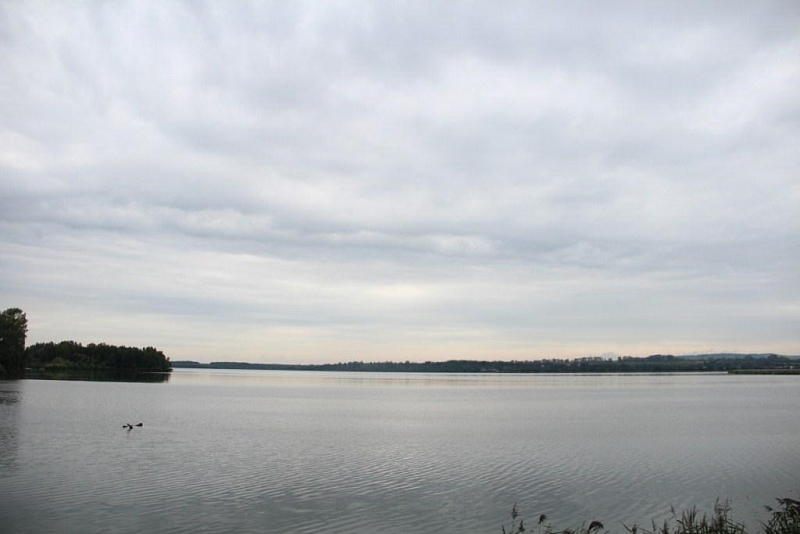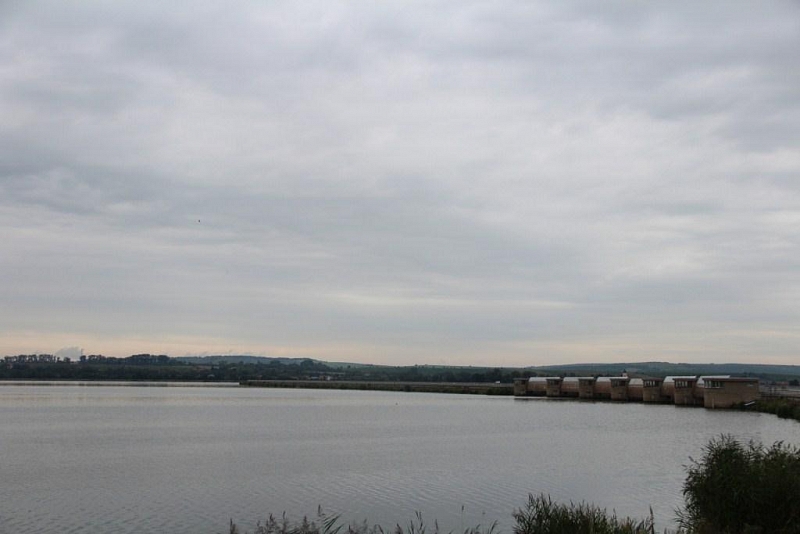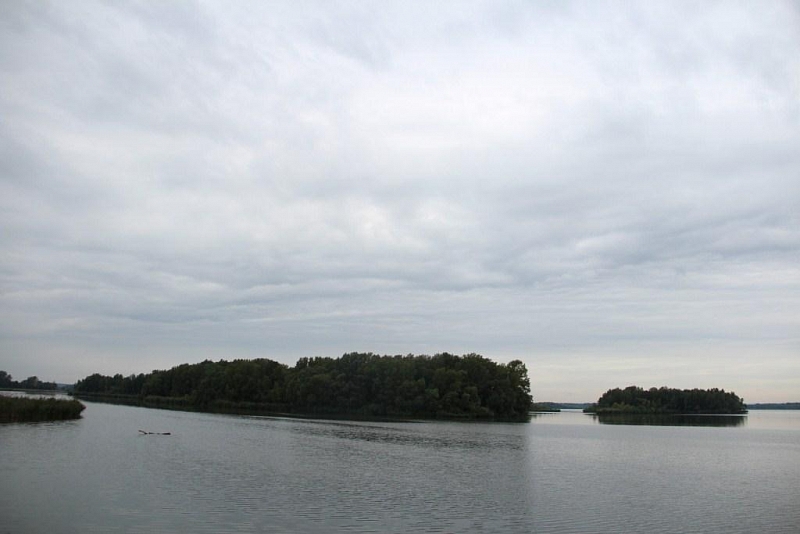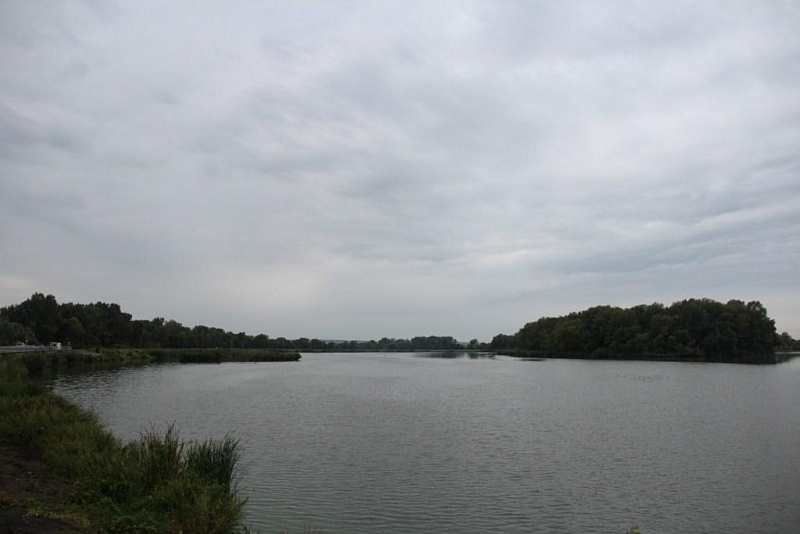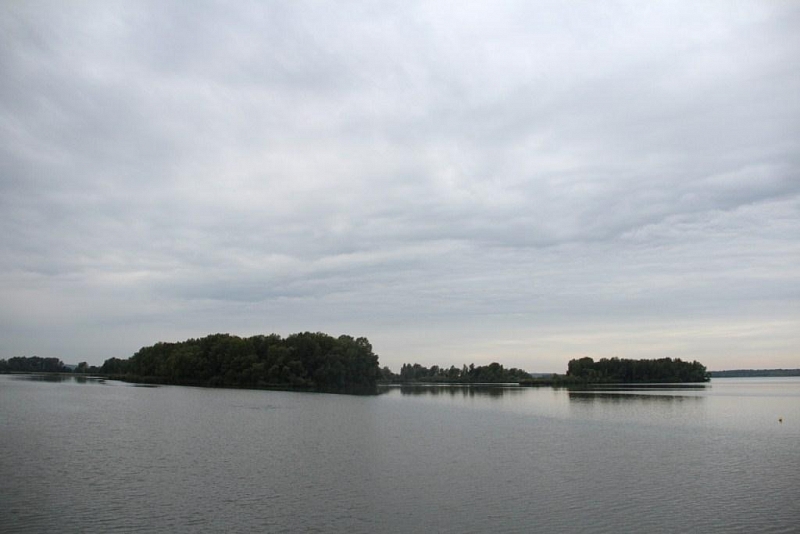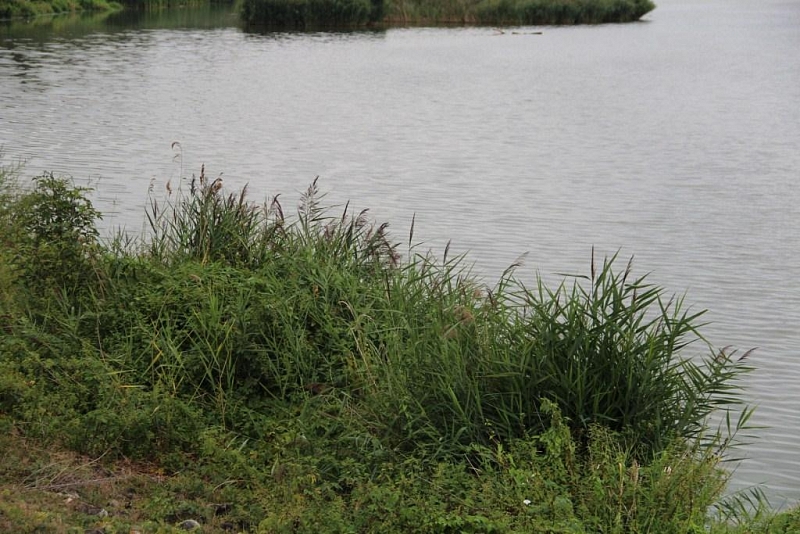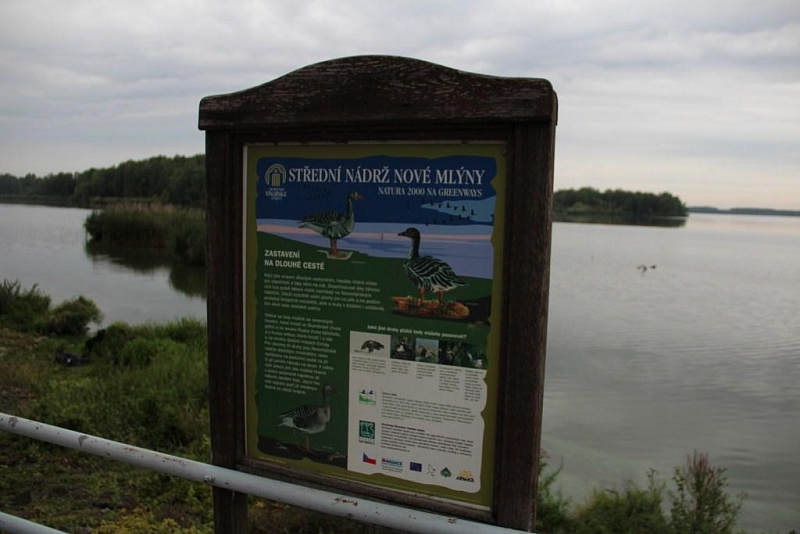Věstonice reservoir
If you find yourself in the Břeclav district by the river Dyje, you will certainly not miss the impressive Věstonická nádrž waterworks. This dam is also referred to as the Nové Mlýny II Reservoir. The Nové mlýny waterworks consists of three reservoirs and was built from 1975 to 1988. The Věstonice reservoir is in the middle, the other reservoirs serve as recreational ones. The Věstonice reservoir has been declared a nature reserve and nature can operate here without human intervention. The rivers Jihlava and Svratka flow into the reservoir. The road to Dolní Věstonice leads along the dam of the reservoir and there is also an educational trail with information panels.
Information for visitors
Interesting facts Věstonice reservoir
Church on the island
As with the construction of other reservoirs, the village was flooded. Of the original village of Mušov, only the church has survived, which stood above the village on a small hill. It is now an island in the middle of the reservoir and the Romanesque-Gothic church of St. Linhart from the 13th century still stands on it. In the part of the dam near Dolní Věstonice you can see islands that originated from winded ridges, they are called Na Pískách. In the north, at the point where Svratka and Jihlava meet, the original vegetation grows.
The reservoir is a bird area
Originally there were floodplain forests, wetlands and meadows, after the flooding, nature recovered and the area was declared a reservation. The reservoir is a famous bird area, belongs to the Natura 2000 system and was declared a bird area in 2005. The reason is an extensive nesting ground for many rare bird species. Wetland birds nest here, especially various species of seagulls. Waterfowl, such as geese or sea eagles, stop or winter here.
Important archeological site
There are also important archeological sites in the area. Remains of a Roman camp from the time of Marcus Aurelius were uncovered on the bank of the reservoir. Excavations revealed that the Romans wanted to settle here permanently. Thorough research has only taken place here in recent years, and the findings from the time of discoveries after the First World War have been clarified.
Author: Helena Syslová
